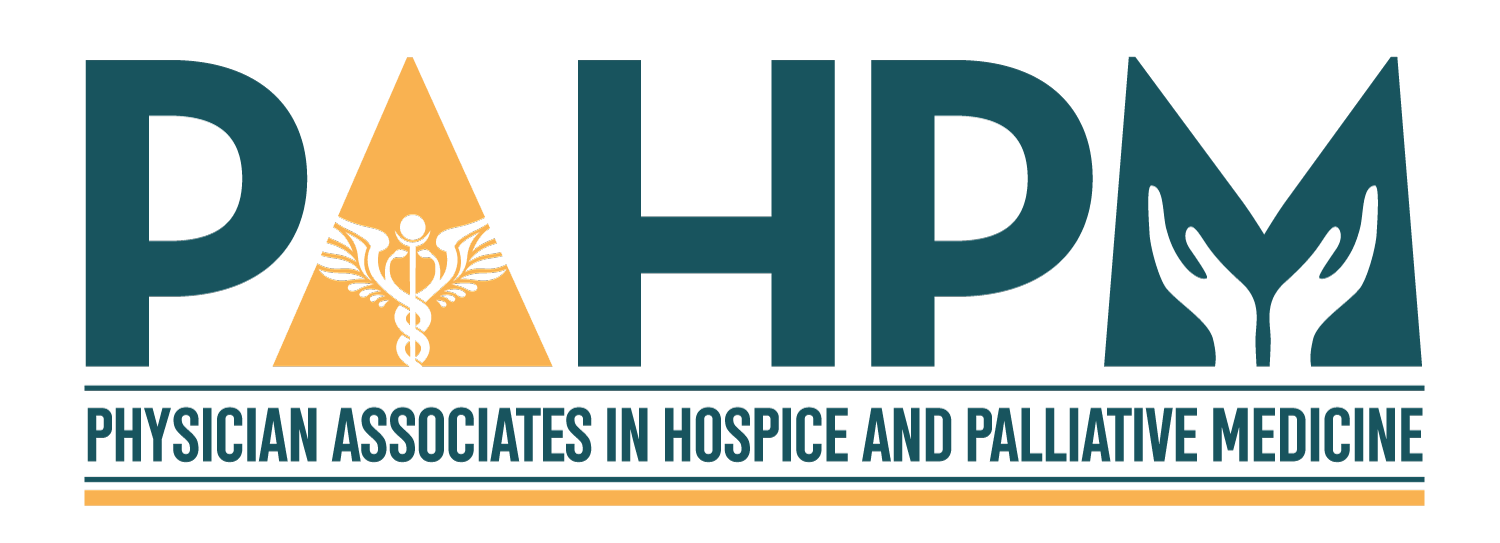Sharing this info from Doug Brown he has from CMS regarding telehealth visits:
Here are some takeaways I extracted from the following resource …
https://www.cms.gov/newsroom/fact-sheets/medicare-telemedicine-health-care-provider-fact-sheet
1. There are three types of virtual services, MEDICARE TELEHEALTH VISIT, VIRTUAL CHECK-INS, and E-VISITS.
2. TELEHEALTH VISIT
a. Patient must be established, but HHS will not audit for claims submitted during this event.
b. PAs are eligible for reimbursement.
c. Interaction must be real-time.
d. Visits are considered the same as in-person visits, and are reimbursed at the same rate.
3. VIRTUAL CHECK-IN
a. Medicare patients can initiate a “brief communication service” with practitioners, by telephone conversation or via videos or images.
b. Visits should be initiated by patients, but practitioners can educate patients on the availability of this option.
c. Must be an established patient, and not be related to a visit within the prior 7 days or next 24 hours.
d. Patient must verbally consent to agree to virtual check-in.
e. Modalities include telephone, audio/video, secure text messaging, patient portal, or email.
f. Patient may send videos or images apart from virtual check-in under a different HCPCS code.
4. E-VISIT
a. Patient must be established.
b. Patient must initiate the inquiry via patient portal, and verbally consent to services.
c. Transaction may occur over a 7-day period, and is reimbursed by time accumulated over 7 days. [Interestingly, this apparently counts only for “practitioners who may independently bill Medicare for services (for instance, physicians and nurse practitioners)” … ?!]
. 99421, 7-10 minutes
. 99242, 11-20 minutes
. 99243, 21+ minutes
d. "Clinicians who may not independently bill for E&M services…” use the following codes:
. G2061, 7-10 minutes
. G2062, 11-20 minutes
. G2063, 21+ minutes
e. No geographic or location restrictions for this type of visit.
f. Big question is this: How does reimbursement work for with PAs as sole proprietors?

